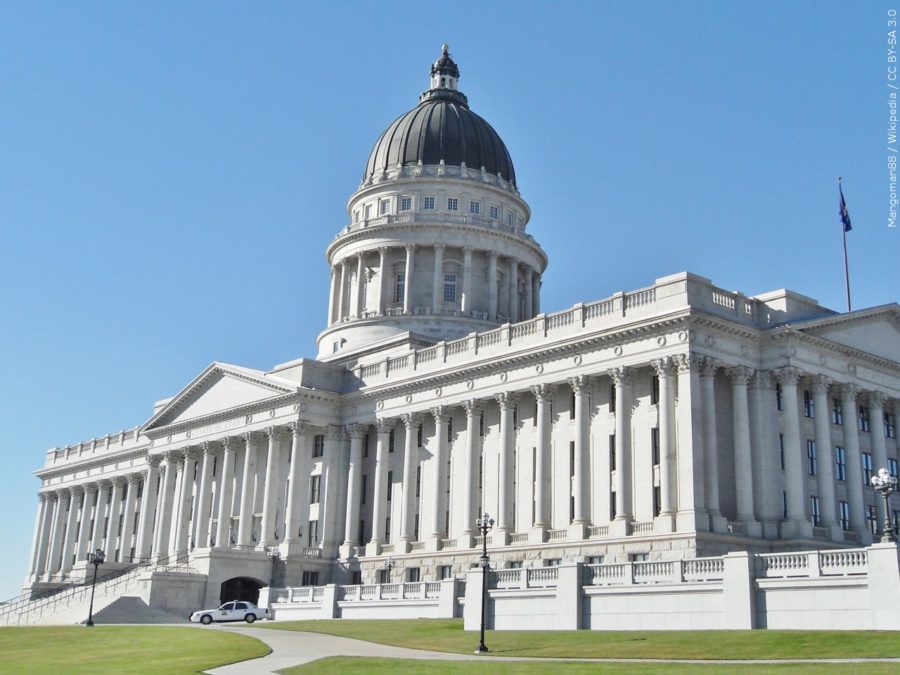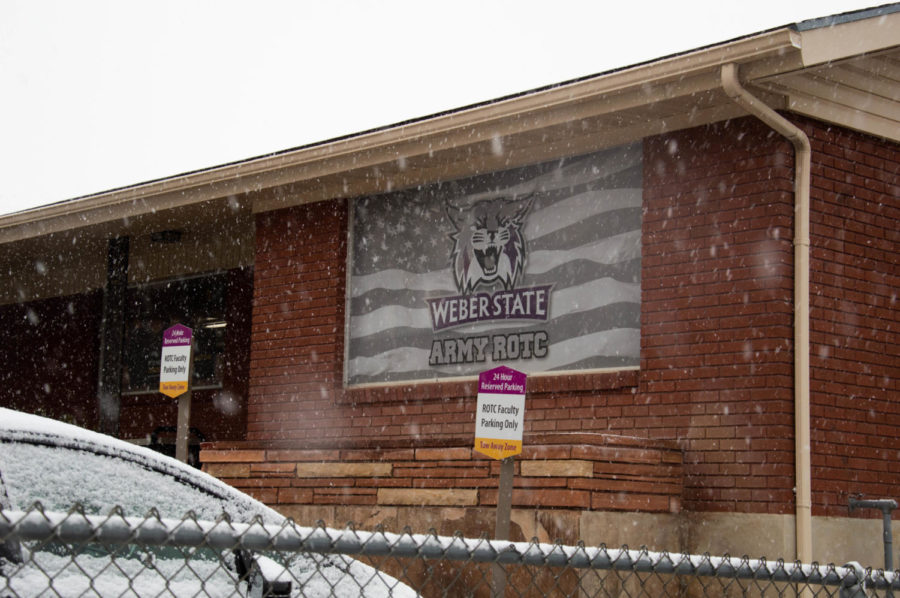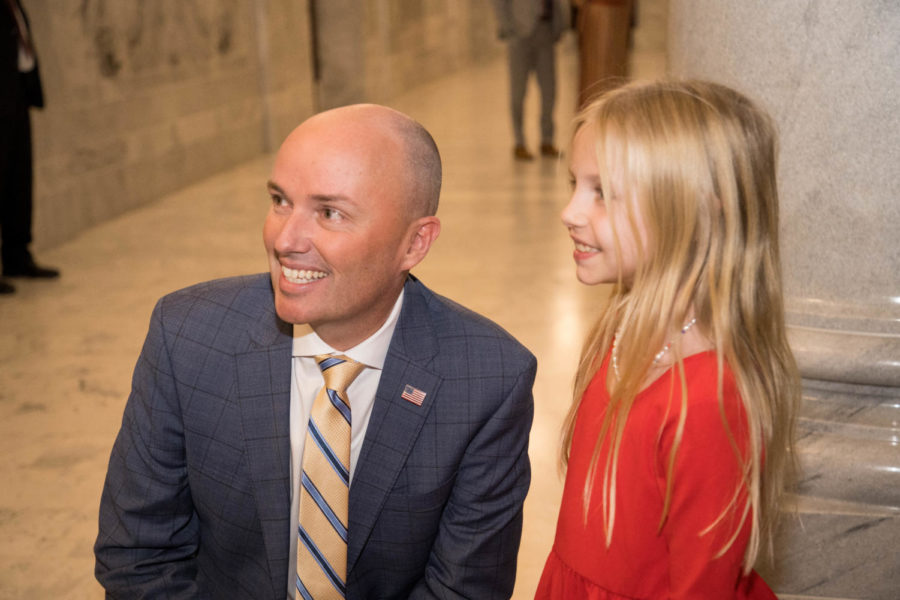
Effective summer 2014, tuition and fees will go up at Weber State University. With an anticipated 4 percent tuition increase and a 3.2 percent increase in student fees, a full-time resident undergraduate student will pay $94 more per semester.
“All students in regular courses will be affected by the FY15 tuition increases,” said Norm Tarbox, vice president for WSU Administrative Services.
In spite of the increases, WSU has the lowest tuition rates of the five state universities.
State tuition is divided into two tiers. The State Board of Regents sets the Tier 1 tuition, and the university’s board of trustees sets the Tier 2 tuition rates.
WSU President Charles Wight predicts an increase of 4 percent to Tier 1 tuition. This tuition increase will affect every higher educational institution in the state.
Due to the anticipated increase to Tier 1 tuition, the WSU Board of Trustees approved a motion not to raise Tier 2 tuition. However, the board also approved a motion to increase student fees by a total of 3.2 percent.
Second-tier tuition was first made available to Utah System of Higher Education institutions as a funding source in the 2001-02 academic year. Before 1999, there was a single-decision point about tuition increases. The State Board of Regents would make the decision about tuition increases for all of the public colleges and universities in the state, and then tell the schools how to use the funding.
“In about 1999, a law was passed that allowed individual institutions, with the consent of their students, to add a second tier to their annual tuition increase that addresses their individual institutional needs,” Tarbox said.
Tier 2 tuition is intended to meet specific institutional needs and priorities. Because second-tier increases must have the consent of students, WSU offers student-focused initiatives funded by Tier 2 tuition. According to Tarbox, these include counseling, tutoring, financial aid staff and other student support. An open meeting designed to gain students’ consent was held earlier this month. However, of the 18 people present, less than half were students.
Board of Regents member France A. Davis encourages students to be heard by writing and calling their state representatives. He said that if more students voiced their opinion on tuition increases, the state would likely stop raising the tuition, but no one writes or calls in to make a difference in the decision.
“When people bring issues to me I become the ball carrier, so if you’ve got some concerns you’d like to see done, talk to me one on one,” Davis said. “My role is to look down and see all of the institutions and all the possibilities for campuses.”
According to Davis, there’s nothing a politician responds to more than a voter.
“Write letters to the legislature and say, ‘We need you to fund this,’” Davis said. “If you guys sat down and got the names of all the Weber legislators and the president of Senate and speaker of the House and government — if they got one letter a day, every day, no student would have to write more than one letter.”
Several additional pieces of legislation that dealt specifically with higher education passed in the Utah Legislature this year.
“It’s absolutely a huge year,” Wight said, “especially considering the $57 million in funding WSU received for the new science center.”
According to Wight, the state support WSU received for the new science center is “more than any other university has ever gotten in the state for an academic building.” Regents ranked the new science building as the top priority in higher education, and the Utah State Building Board ranked the building as top capital priority in the state.
The top three priorities of the Utah System of Higher Education for this year were compensation money, distinctive mission funding and acute equity funding. WSU got some funding in all three categories. For distinctive mission funding, WSU got $726,000 per year ongoing, approximately $4.5 million for acute equity funding and 1.25 percent cost-of-living raise for all WSU faculty and staff.
The Legislature adopted the mission-based funding as a vehicle for allocating state resources to Utah’s public institutions of higher education. This model categorizes funding as shared mission, which is funding for enrollment growth, and distinctive mission, which is an opportunity for institutions to contribute, as appropriate to their missions, to the Board of Regents’ priorities, which include participation, completion and economic development.
WSU’s share of the acute equity funding was approximately 9 percent of the $50 million the Legislature allocated. The request of $70 million was to bring state funding at the five institutions up to at least a floor of $4,800 per full-time student equivalent.
According to Wight, funding per student had “eroded by about 25 percent since 2007,” partly due to reduction in dollars, but also because enrollments were growing at the same time.
An additional $3.6 million was also appropriated for Utah System of Higher Education scholarships and financial aid, including the Regents’ Scholarship, New Century Scholarship and a few other smaller scholarships. These scholarships are designed to encourage high school students to take four years of math and three years of science and accelerate their education by earning an associate’s degree while attending high school.
Overall, the state funding for the education and general funding used for operations went up slightly more than 10 percent.













